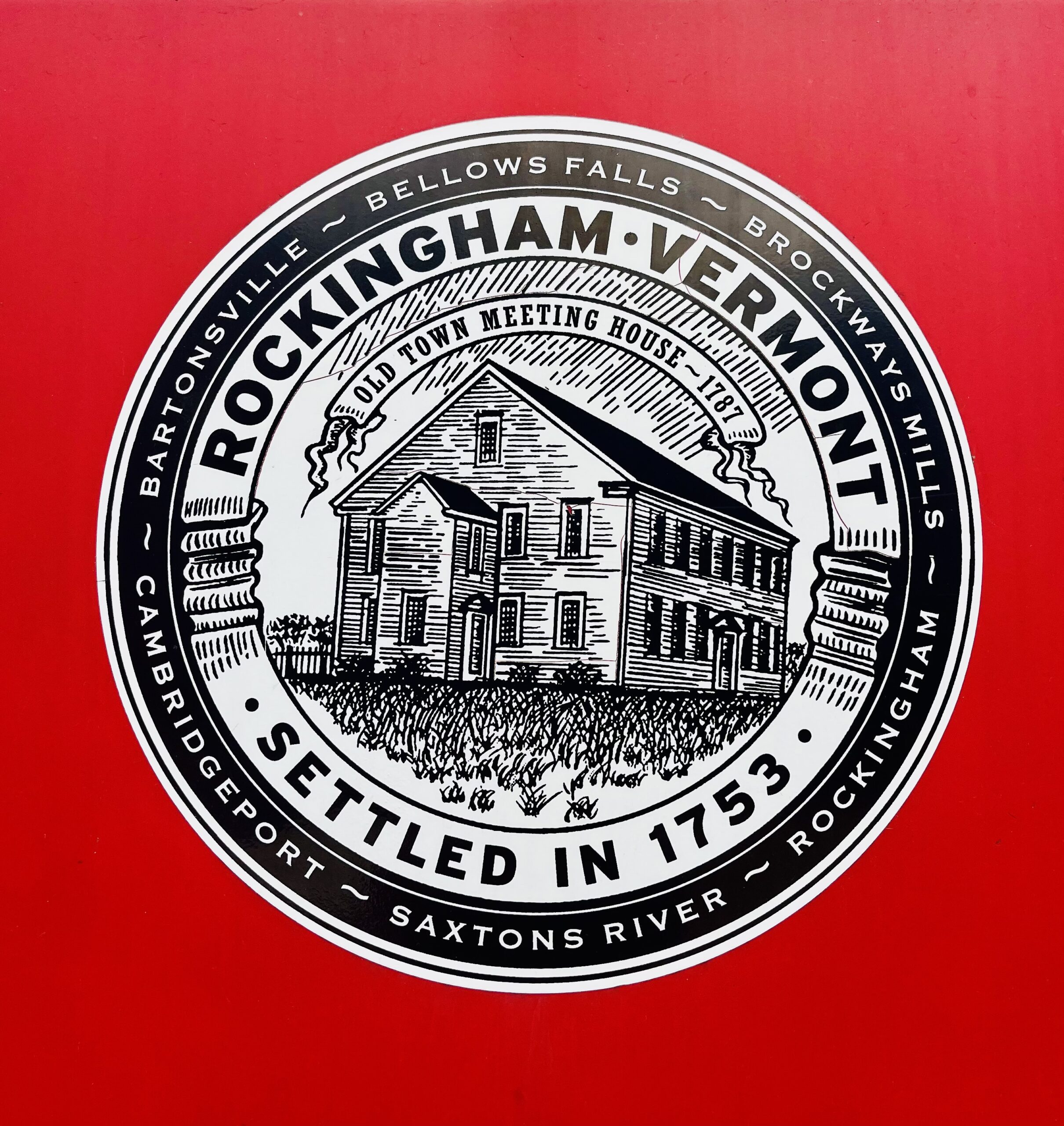ROCKINGHAM, Vt. – At the Tuesday, Aug. 13, Rockingham Selectboard meeting, Michael Stack from the listers office updated the board on recent activity and statistics, stating that homesteads were a key area of focus, and they were helping with the filing of Vermont Homestead Declaration and Property Tax Credit Claim, or HS122, forms. Stack said homesteads made up approximately 63% of total housing, or 40% of the Grand List value.
The board held a public hearing to further discuss proposed updates to the Town Plan. Board Chair Rick Cowan recapped the progress on the plan to date, and reported that a total of 13 changes had been recommended by the planning commission. The final hearing was scheduled for Sept. 3, and if the Town Plan is approved at that time, it will go to the Windham Regional Commission, as required by state law.

Deborah Wright, chair of the planning commission, read through the 13 bullet points, which included language updates and revisions, and outlined specific goals to promote historic preservation of structures, landscapes, and neighborhoods, and advocate for healthy, energy-efficient housing standards.
Board members and residents debated the plan’s intention regarding mixed-use property development, specifically along the main streets of Atkinson and Westminster. Board member John Dunbar remarked, “I see that a business like Lisai’s [Market] could be redeveloped to have the grocery store with residential units above it, where it’s adding housing.” Dunbar’s point was that encouraging the combination of housing and commercial where appropriate would help solve the shortage of housing.
Resident and retired town planning and zoning administrator Ellen Howard clarified her point by reading from the plan. “The goal is to protect existing residential properties while encouraging new mixed-use development in existing nonresidential properties.”
Dunbar questioned whether the current wording would prevent an artist or other entrepreneur from opening a gallery or operating a small business from inside their home. “Is that something we want to prevent, or is that something we would like to encourage?” It was determined that a small home business would be allowed under the current Town Plan.
The board came to a stalemate regarding some of the language in the 13th proposed revision, and initially thought they would postpone further discussion until the Sept. 3 meeting. However, since that meeting was going to be held at the Rockingham Meeting House (RMH), as per tradition, it was acknowledged that the limited resources at RMH, such as no internet access and poor lighting, would make it impossible to hold a hybrid meeting there.
Development director Gary Fox remarked that if the board could find a way to accept the final bullet point at tonight’s meeting, the plan could be adopted on Sept. 3.
Howard and Dunbar reiterated their previous points regarding changes to the language of the mixed-use addendum, and Jim Mullen of the planning commission suggested striking the last two sentences of the contested paragraph. The board agreed, Dunbar moved to approve, and Bonnie North seconded the motion. It was determined that on Sept. 3, the board would hold the final hearing, close the hearing, then adopt the Town Plan.
Rockingham town manager Scott Pickup updated the board on several projects, including the Route 121 collaborative project with Westminster. “We did go through the first round,” Pickup reported, reminding everyone the purpose of the project is to upgrade two culverts along the route, partially using federal funds.
“If you remember, it was about a $55,000 preliminary cost for engineering, and the federal share of that would be $41,000. We’re hopeful to hear something soon… that would certainly take some pressure off our highway budget.”
VHB, the engineering and remediation corporation that the town has been partnering with on plans for the bridge project, is set to deliver another report in late fall. Pickup said he hoped they would be at the Tri-Board Meeting, tentatively scheduled for Nov. 26. “I want to make sure we’re done with everything; tree inventory, lighting on the bridge, the bridge rail designs, all the things we’ve talked about.”
“The final schedule, which they presented in April, is that we would see construction potentially starting, at least on utility work, in June of 2026…going all the way through August of 2029. So, it’s going to be a couple of long years,” Pickup concluded.
“A lot of disruption,” added Cowan.
“Yeah, it’s going to be a lot of work,” Pickup agreed.
Daniel Voisin from Stone Environmental and Sue Westa from Windham Regional Commission Brownfield Program were on hand to present the board updates on the NEPA process at the train station, which had encountered some environmental delays. Voisin reported that trichloroethylene (TCE), a cancer-causing chemical, had been discovered in the soil gas, which, Voisin explained, is the air within the soil above the water table and below the slab of the building. To follow state statute, they must develop a site investigation work plan, and complete a testing report within 90 days of receiving the final laboratory data. The EPA will need to approve the workplan, and remediation will begin, a process similar to radon remediation, Voisin stated.
Funding for the multimillion-dollar cleanup project will come in part from the Windham Regional Commission (WRC), and in part from grant funds, with a $60,000 low-interest loan.
On Sept. 3, the board will meet to accept a Historic Preservation Award at the RMH, then move to the Bellows Falls Opera House lower theater to hold the public hearing and request to adopt the Town Plan, followed by the regular selectboard meeting.